There is a lightness that only summer can bring. Light enters more generously, time slows down and spaces feel like breathing. With the arrival of warmer days, the desire to transform the home into a cool, cosy, and sophisticated refuge also arises. A place where the season is not just observed but lived from within.
This season, interiors invite serenity through light tones, natural materials, and compositions that prioritise comfort and fluidity. More than an aesthetic change, it is an attitude: living summer with elegance and naturalness through interior design.
In this article, we have compiled practical suggestions that can be easily implemented in your projects. These ideas will help you create spaces that embody the essence of summer while maintaining the sophistication characteristic of ALMA de LUCE.

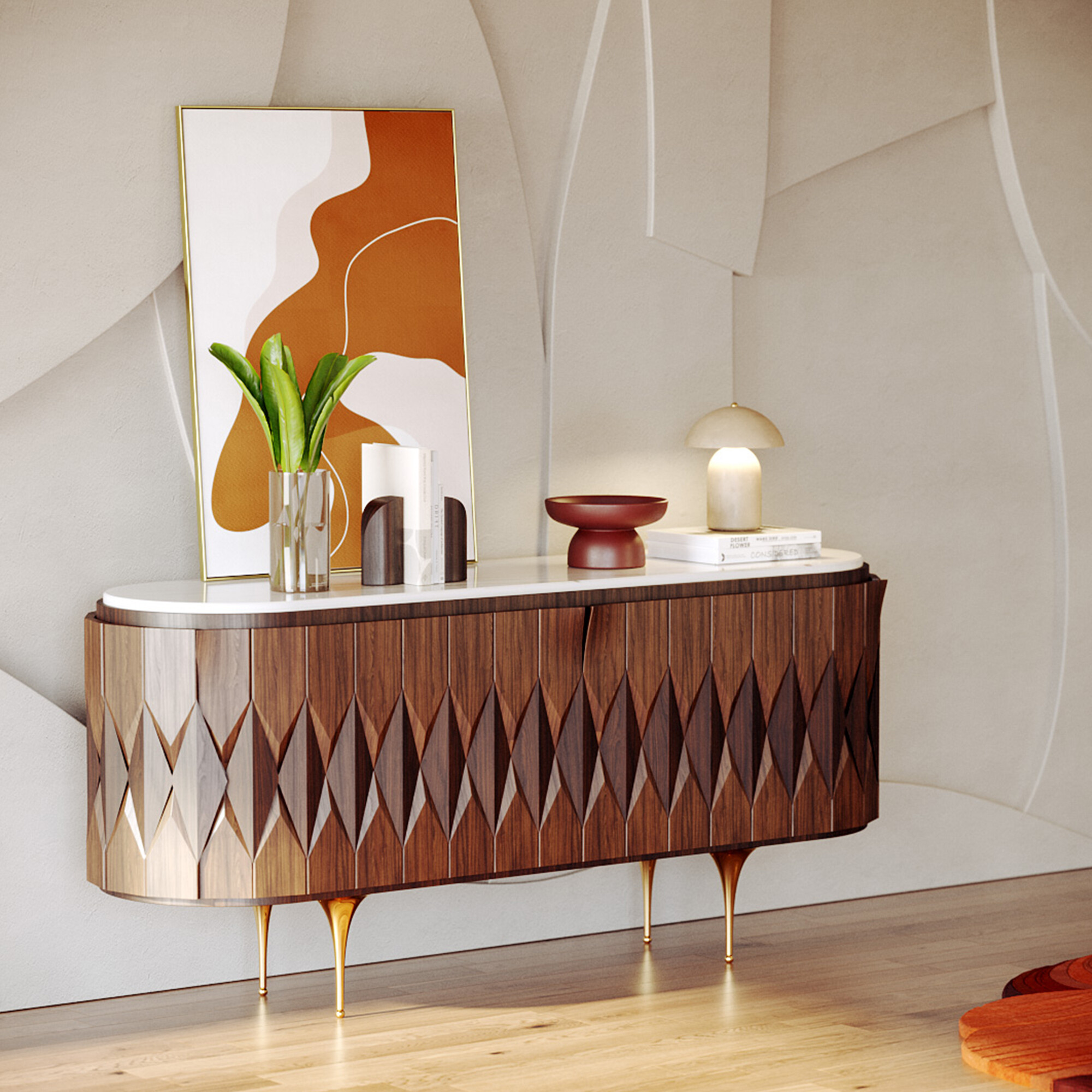
Summer has its language. In interior design, it translates into breathing spaces, into areas that combine freshness, lightness, and light, where each element invites you to slow down. Summer decor emphasises natural materials, fluid shapes, and a colour palette that echoes the outdoors.
A space designed for summer stands out for promoting thermal and sensory well-being. Whether in a holiday home by the sea, a boutique hotel in the countryside, or an urban apartment with ample sun exposure, the logic remains: create fresh and functional spaces without sacrificing sophistication. This is where summer interior design finds its balance.
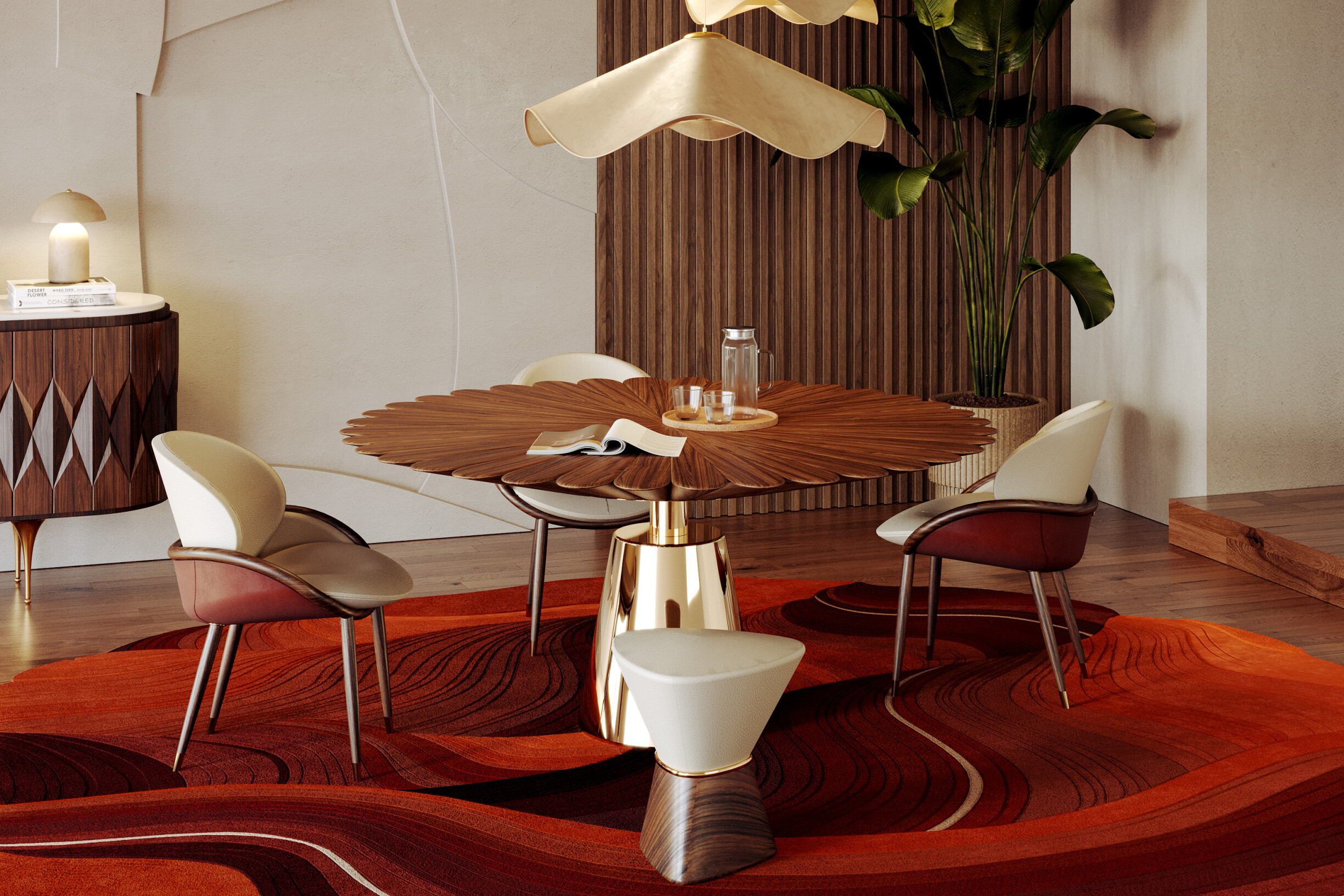
Choosing colours is often the starting point for creating a room that is connected with the season. Light tones play a central role due to their ability to reflect light and expand the space, but above all, because of what they evoke: freshness, lightness, and tranquility.
Palettes oscillating between warm white, mineral beiges, sand, and pinkish neutrals create a sensorial space that is calming and inviting to rest. These tones act as a silent base, allowing the architecture and materials to express themselves subtly.
A balanced colour approach can follow the 60-30-10 rule:
60% of a dominant colour (such as a warm white or off-white),
30% of a secondary colour (e.g., a beige or light grey),
10% of a more expressive accent colour, such as a soft pastel or earthy tones, introduces depth without compromising visual harmony.
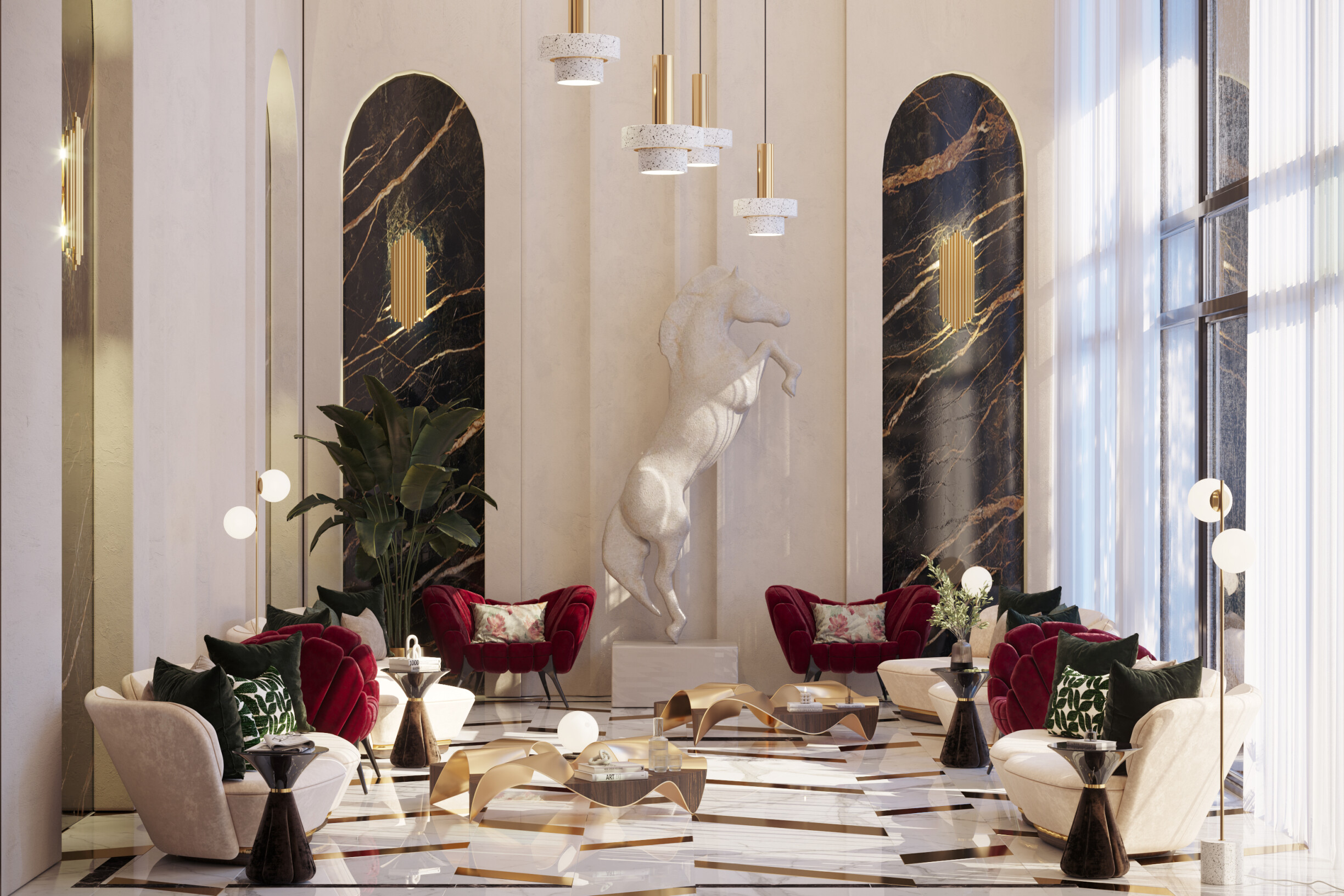
Sophistication is achieved through tonal repetition, visual continuity, and the absence of chromatic noise. Combined with fluid shapes and soft textures, this approach gains depth, as with the Al-Hijr sofa by ALMA de LUCE. Inspired by the organic lines of Al-Hijr (Madain Salih) in Saudi Arabia, this modular piece evokes the monumentality of the desert with the lightness of a neutral palette. Its curved and sculptural design and delicately textured fabrics make it ideal for projects prioritising sensory design, comfort, discreet elegance, and compositional flexibility in hot climates.

In summer-focused interior design, the choice of materials is as important as the choice of summer colours. Natural textures, such as wood, linen, cotton, raffia, or wicker, introduce a sensorial dimension that transforms the space's atmosphere. These materials breathe, age gracefully, and evoke an organic connection with the earth and time.
Their use is not only aesthetic but also functional. They allow greater air permeability, absorb moisture, and provide thermal comfort. These characteristics are suitable for warmer climates or areas with greater sunlight. In addition, their tactile feel and irregular appearance break the rigidity of overly polished interiors, giving them authenticity and tactility.
In practice, balance is achieved by combining contrasting textures within the same colour palette. Wood with visible grains offers a solid and warm base, capable of interacting with lighter and fresher fabrics, such as American walnut.
This is precisely the logic in the Phu Cau chair by ALMA de LUCE. With a wooden frame and a woven rope seat, this piece pays homage to Vietnam's artisanal traditions, conveying a sense of lightness and closeness to nature. Its honest materiality and minimalist design make it ideal for spaces that call for texture without excess and identity without noise.
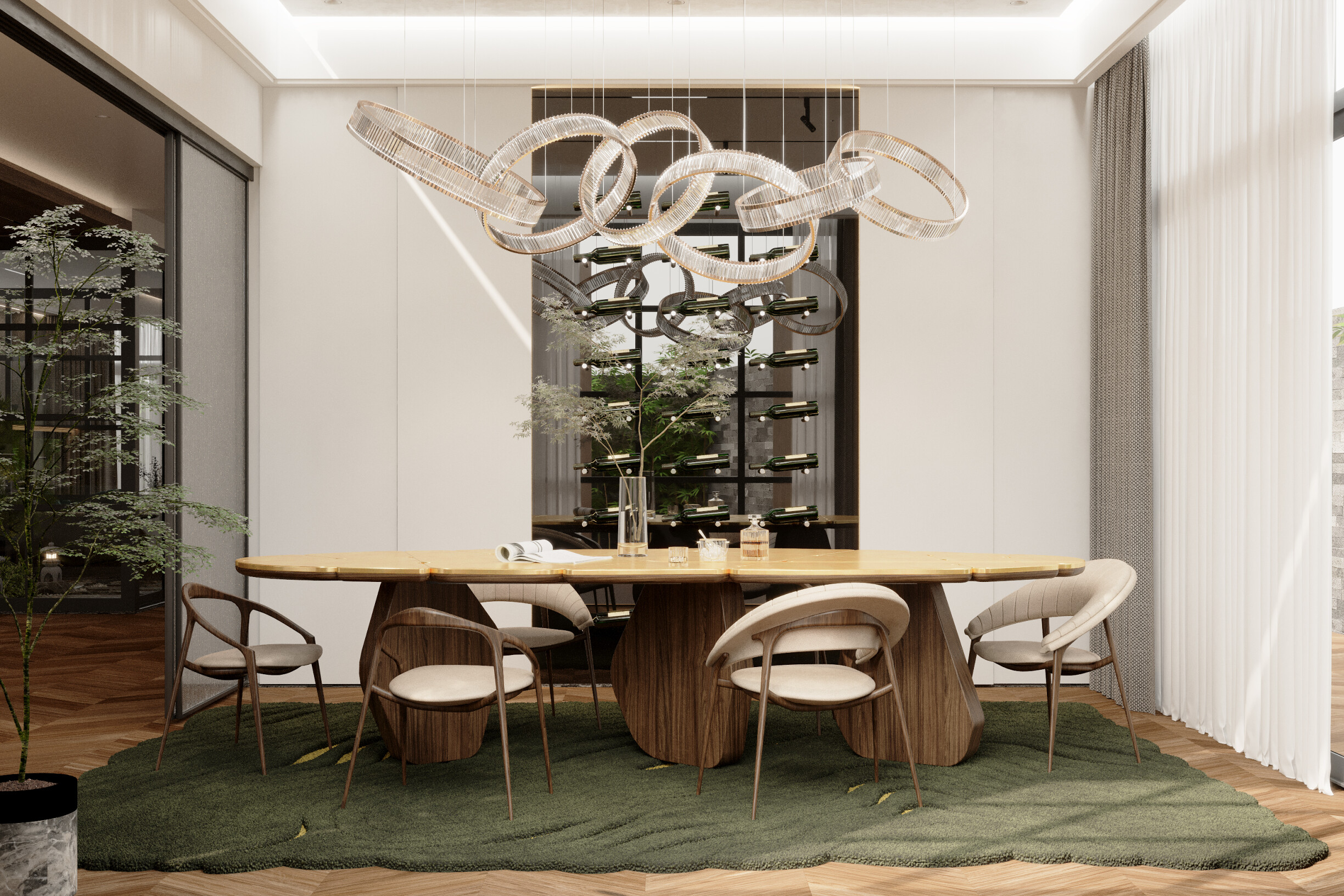
Creating summer-ready interiors involves a careful combination of aesthetics and functional solutions that promote thermal comfort. To achieve this, it is essential to maximise air circulation by opting for modular, lightweight furniture that facilitates movement and allows the space to be adapted according to ventilation needs. An example is the Andorinha armchair, whose sustainable oak structure and natural cotton rope seat offer strength, comfort, and lightness that help maintain coolness.
Controlling natural light is another crucial element. Blinds, light curtains, or filters allow you to preserve light without compromising coolness, preventing the space from overheating. In addition, choosing natural, breathable fabrics, such as cotton, linen, and rope, ensures better breathability and sensory comfort, making the area more pleasant during the hottest hours.
In addition to these technical aspects, integrating pieces with fluid design and sustainable materials reinforces the space's identity, combining form and function. The flexibility of the layout is equally important, allowing the furniture to be rearranged according to the incidence of sunlight and airflow, which optimises thermal comfort without losing sophistication.
In summary, the fundamental strategies for adapting interior design to hot climates involve:
Maximising air circulation with light and modular furniture.
Controlling the entry of natural light to avoid overheating.
Opting for natural fabrics that promote the respiration of the space.
Incorporating sculptural and sustainable pieces that balance aesthetics and functionality.
Maintaining the flexibility of the layout to adjust the space to thermal conditions.
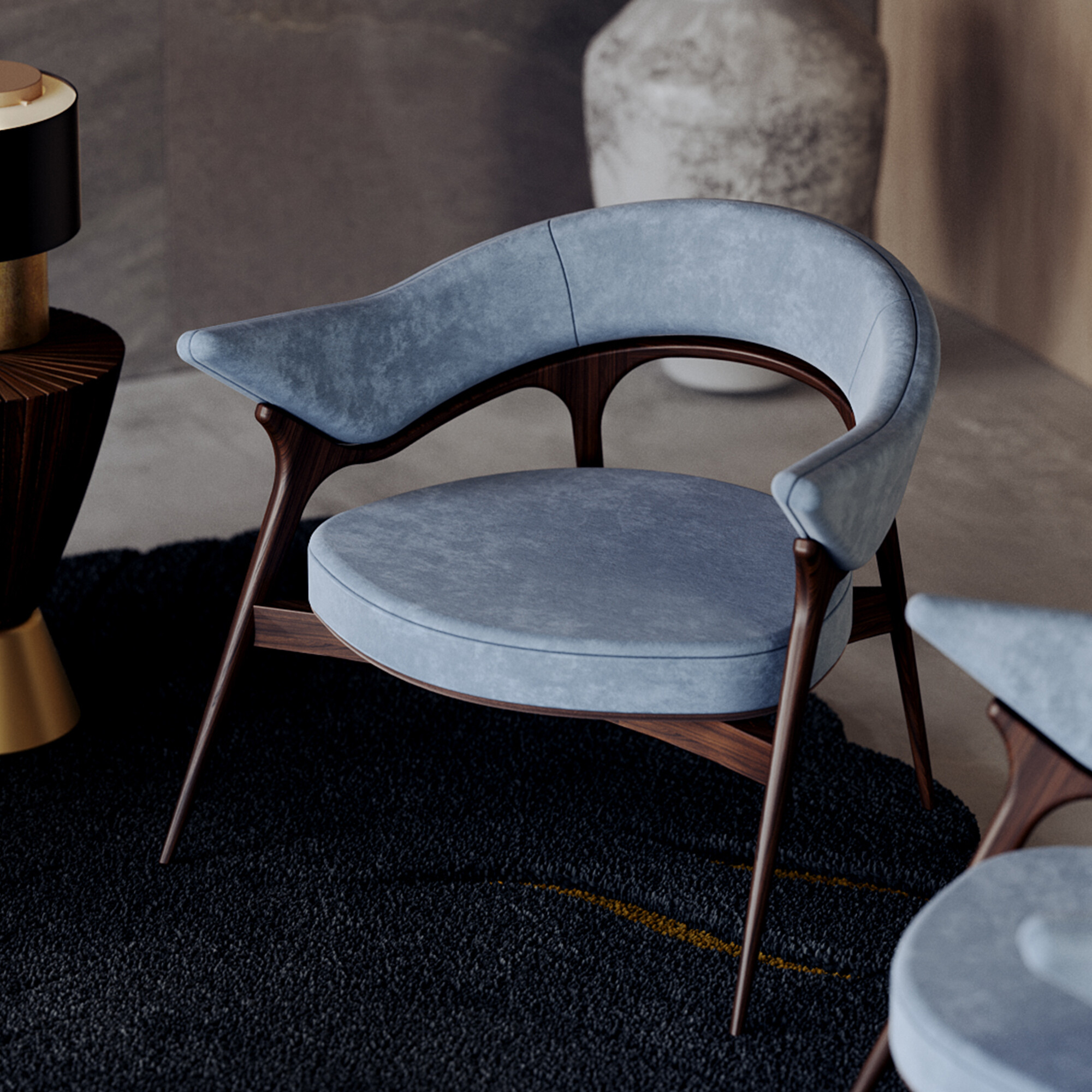

Creating fresh and sophisticated spaces for the summer is a challenge that requires sensitivity to detail, knowledge of materials, and an integrated vision of design. The focus on light tones, natural textures, and functional solutions not only meets the thermal demands of the season but also enhances the aesthetic and emotional experience of the spaces.
It is up to the professional to transform these principles into projects that reflect each client's climate, lifestyle, and identity, creating interiors that are valid extensions of nature and summer.
It's time to rethink your projects and incorporate these pioneering summer interior design methods. Get inspiration on our Pinterest page and follow us on Instagram and Facebook to stay updated with the latest architecture, design, and interior news.
Also, if you have any questions or want to know more about our products, contact us!